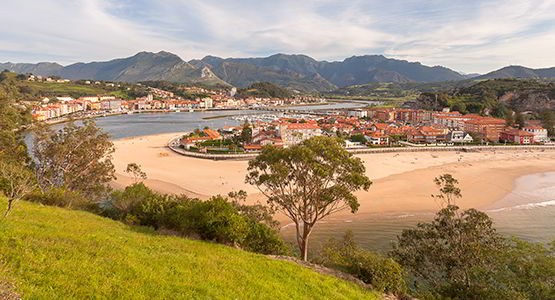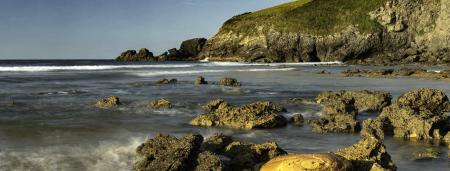On this day, we moor up in the town of Lluces, making a detour to Cabo de Llastres lighthouse, one of the most well-known scenes due to the popular series "Doctor Mateo". It was built in 1994 at the summit of a cliff, which makes it the youngest in Asturias. Located in a marvellous setting of meadows and cliffs, what better way to start the day than with fabulous views of places such as Rodiles Beach and Tazones Point. From here, we get back in the car and head towards Llastres, a town that we cannot miss. Its beauty, its cobbled streets and its privileged proximity to the Cantabrian, in which it is reflected, will especially surprise you.
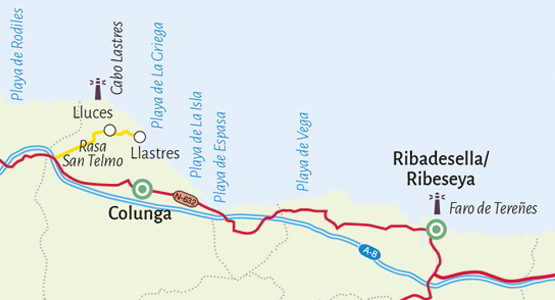
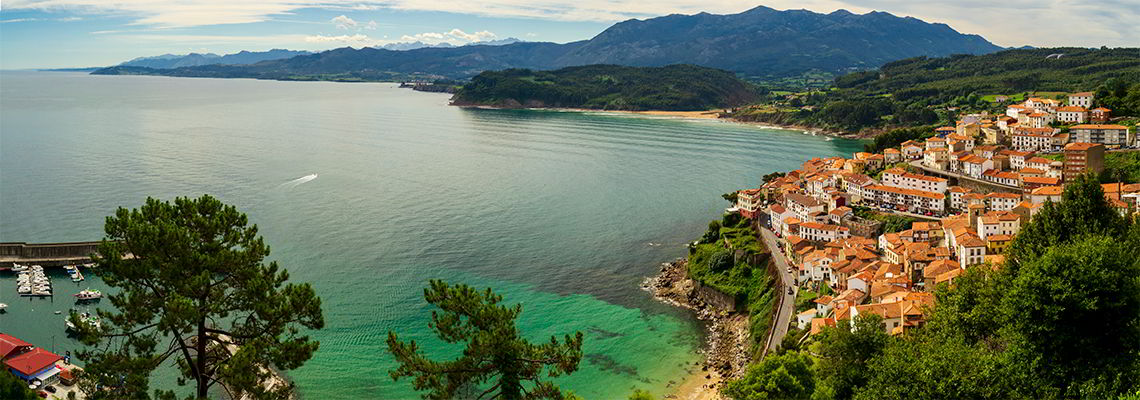
From here, one of the options for following the footprints of dinosaurs that populated the area is to head to the Jurassic Museum of Asturias (San Telmo coastal plateau), a privileged place due to its views over the Asturian coast, the content of which will fascinate you, since it houses an exhibit of these impressive reptiles, with real size replicas.
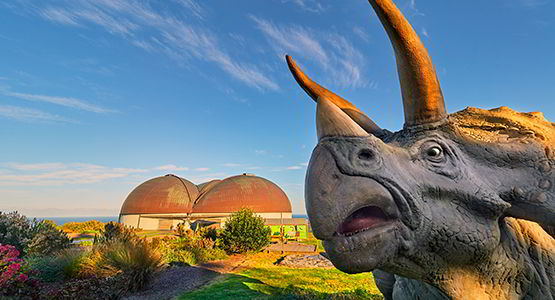
From this point, along the coast, we will travel in parallel to the beaches of La Griega, La Isla, Espasa and Vega, declared a Natural Monument, until we reach the Tereñes lighthouse, in Ribadesella. In this watchtower on the summit of mount Somos, built in 1861, the interpretation centre about El Cachucho is located, the first protected area in the ocean in Spain, an underwater mountain in the Cantabrian over sixty-five kilometres long.
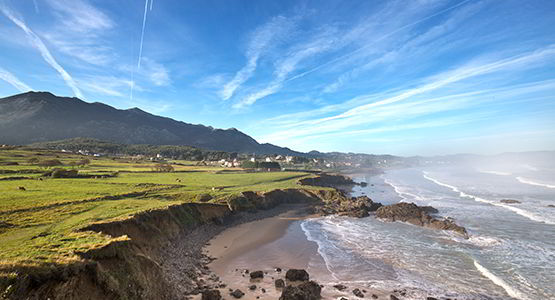

We will end the day in Ribadesella/Ribeseya, one of the localities that will surprise you with its proximity to the Cantabrian and the mountains. We will take the opportunity to travel to fundamental points in this town of tourist reference such as the Crane Walk, the historic route of the port and the Princess Letizia Walk. We will recharge our batteries in one of its excellent restaurants. What better way to end this route!
